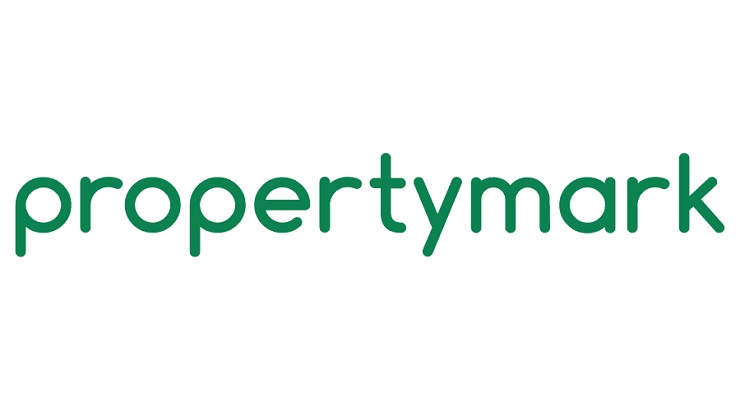Buy-To-Let Investments in Liverpool – The Best UK Hotspot
Buy-to-let properties have made an unbelievable boom in the real estate investment market by becoming highly profitable long-term investment opportunities. These estates are purchased by investors to be rented out to tenants, thus generating monthly rental income.
Becoming a landlord enables you to earn income through both rental yield and capital growth, hence providing a high return on investment. Nowadays, there is a wide range of property investment consultancy services, such as Thirlmere Deacon Liverpool, providing professional assistance to individuals interested in buy-to-let investments.
These are the main benefits of investing in a rental estate.
Regular monthly income
Perhaps the most crucial reason to invest in buy-to-let properties is gaining a regular monthly income from renting the house or flat you’ve purchased. Rental properties have become a profitable investment opportunity, mainly due to the inability of individuals to afford to purchase their own places to live. Additionally, the housing shortage in the UK even further contributes to the increasing demand for buy-to-let properties, hence creating better prospects for higher rental income.
Unlike the past, landlords nowadays face much shorter void periods, thus using less of their budgets to cover the expenses while the property is left unoccupied. Nevertheless, in order for your buy-to-let real estate to make a profit, you’re supposed to consider a myriad of indispensable factors prior to the investment.
Keep in mind that rental rate calculations are determined by numerous aspects, such as the location of the buy-to-let estate, the amenities you provide to the residents, the average rental rate in the local area, the real estate worth, as well as the variety of expenses. Each of these factors has a direct influence on the monthly income you’ll gain from your buy-to-let investment.
Capital growth opportunity
Another major reason why an increasing number of individuals decide to invest in buy-to-let properties is the incredible capital growth opportunity. It refers to the possibility to earn a huge profit from selling the real estate for a much higher price than the one you’ve purchased it for. Visit this page to learn some useful tips about calculating capital growth.
In recent years, property investors tend to earn substantial income from selling their real estate after a particular rental period. There’s a considerable increase in real estate prices that allows owners to earn future financial freedom from substantial capital growth.
Apart from the economy, the changes in population, as well as infrastructure improvement, have a positive effect on capital growth. Also, owners are capable of increasing their property value by investing in remodeling projects to improve the appearance and functionality of their estate.
Tax deductions
Being an owner of a buy-to-let property offers a multitude of tax deductions, which aren’t provided to owners of residential real estate. For instance, landlords are capable of deducting interest from the loans they’ve taken in order to purchase rental properties. The same goes for the interest on the credit cards they use for the purpose of equipping buy-to-let houses with the necessary goods.
In addition, landlords experience tax benefits as a result of depreciation, in the cases when real estate enables them to earn income. Through the monthly rental income, landlords solely need a couple of years to earn the amount of money they’ve invested in purchasing the property. The following link, https://economictimes.indiatimes.com/definition/depreciation, helps you learn more about depreciation.
Furthermore, the rental income also enables landlords to deduce the repair costs, such as repainting the walls, fixing broken appliances, or replacing the floors. Deducing home office expenses is also feasible for most of the landlords, mainly depending on whether you are a lessee yourself or a homeowner.
High return on investment
High ROI is typical for buy-to-let properties, as investors purchase the real estate by using borrowed capital, not their own budget. Once you start renting out the house or flat to tenants, the rental income would not only cover the marginal costs but part of the monthly loan installment. In no time, you’ll be earning a much higher amount of money than the sum you owe to the bank.
Bottom line
Making such an investment can earn you the financial freedom you always dreamed of!









